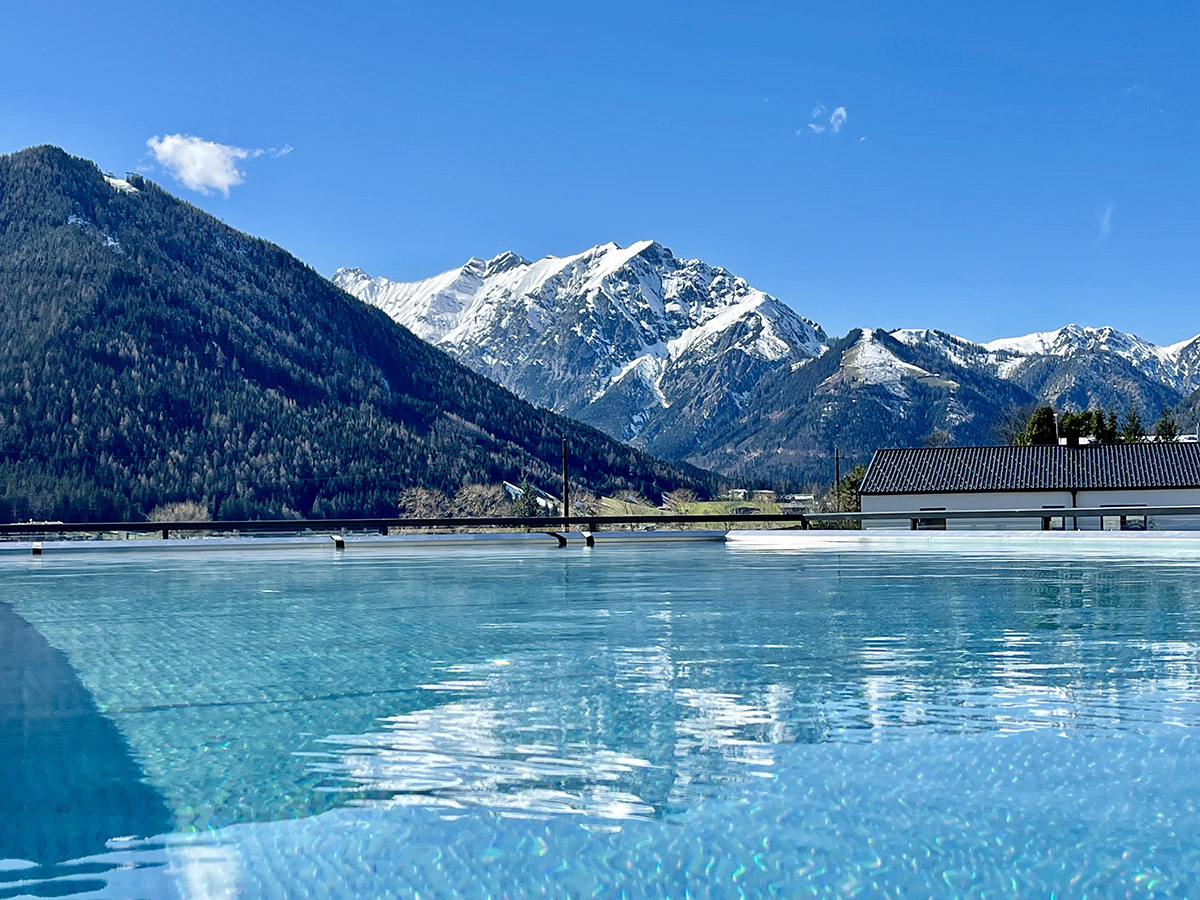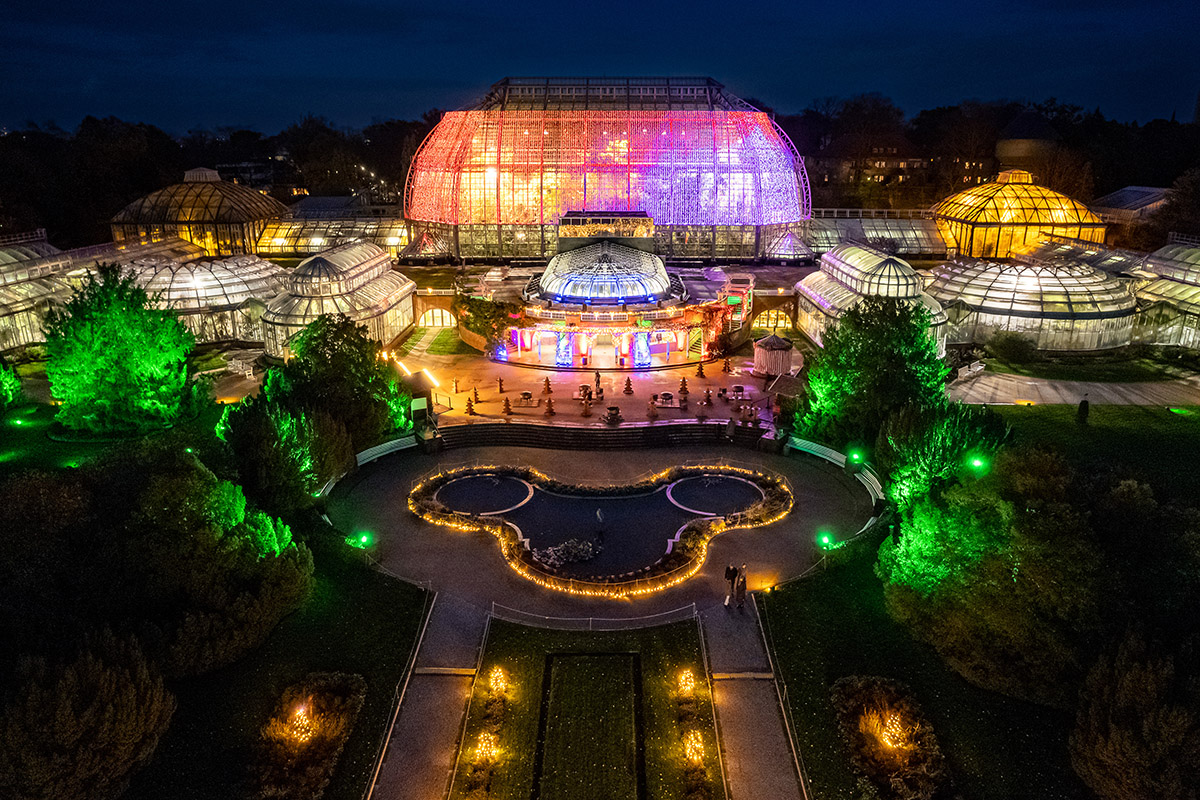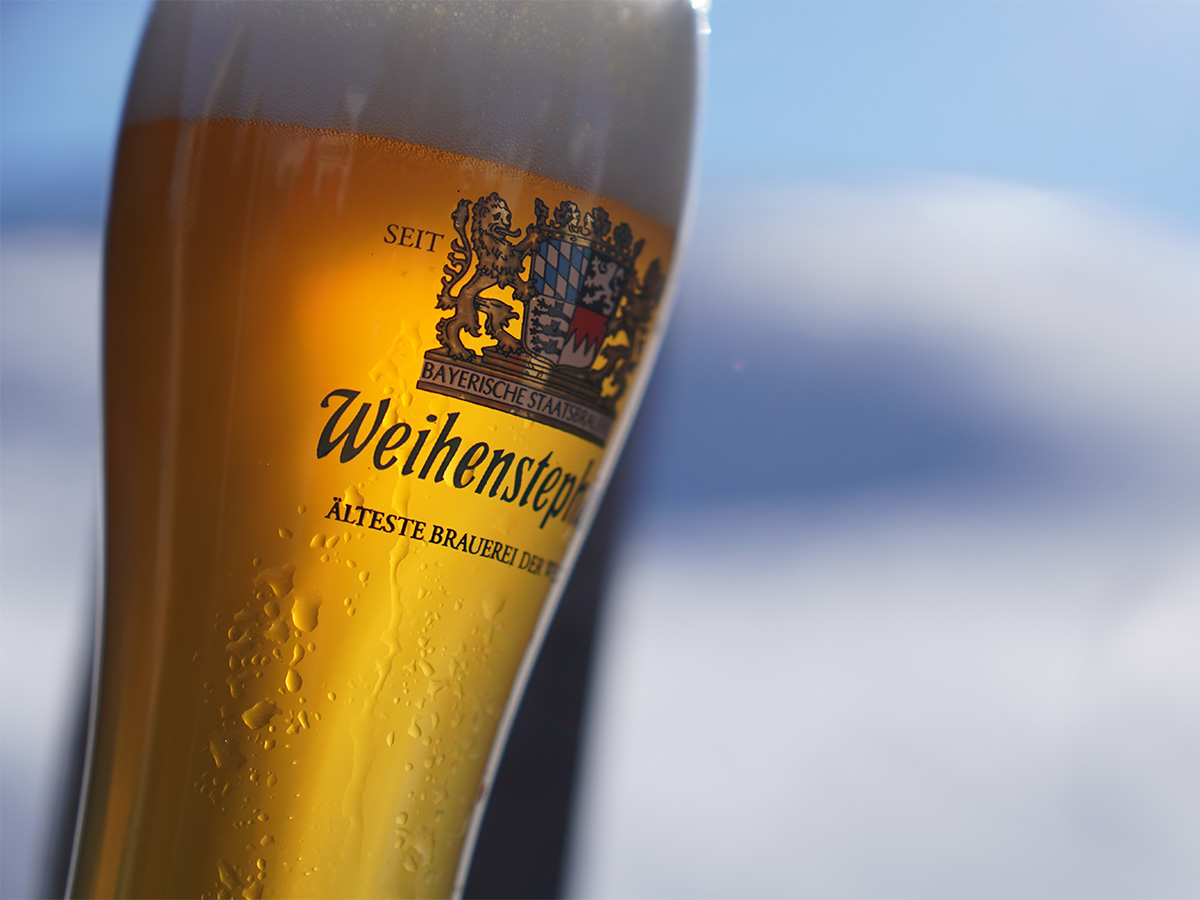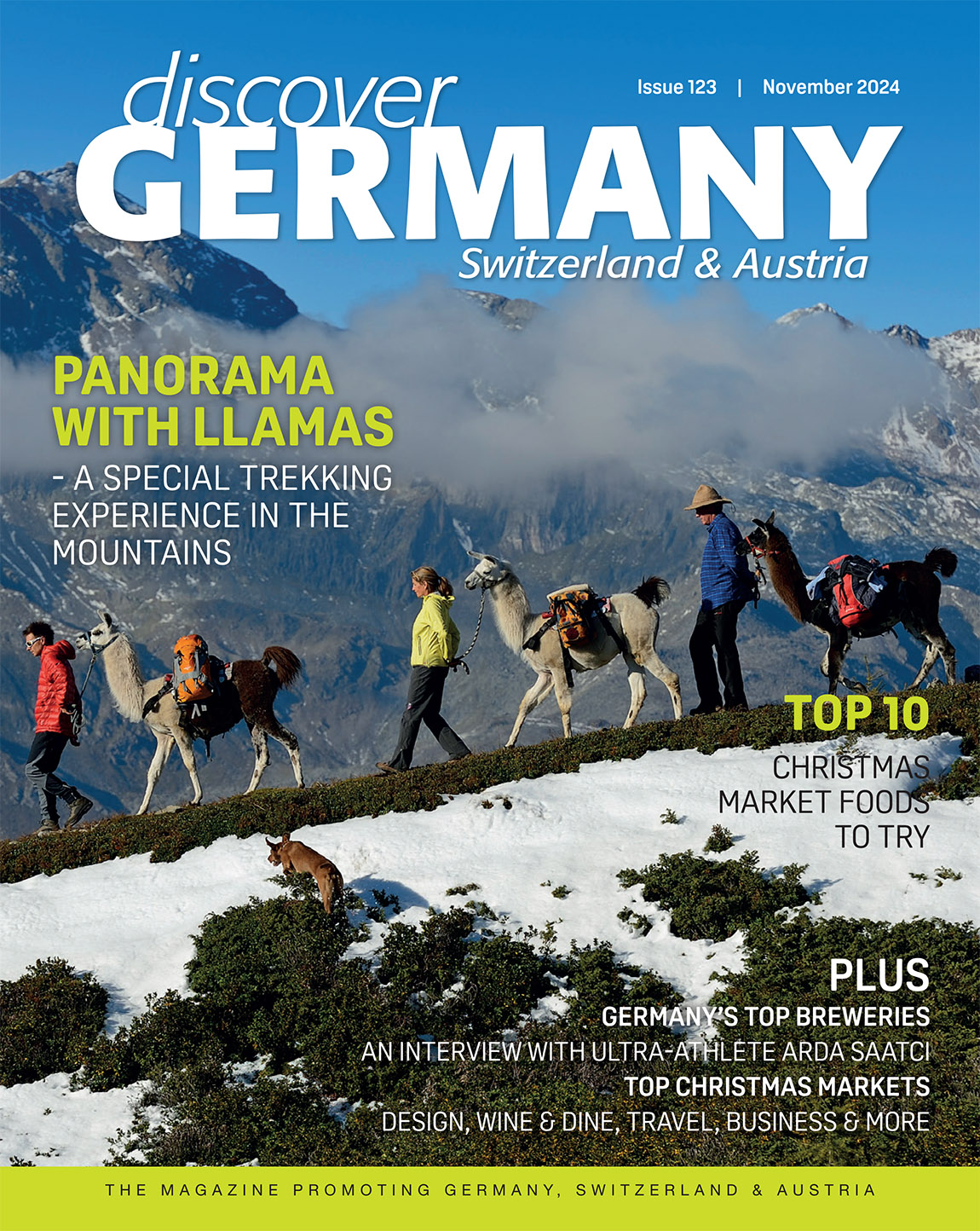ADVENTURE BECKONS IN BAVARIA
TEXT: MATT JOHANSON
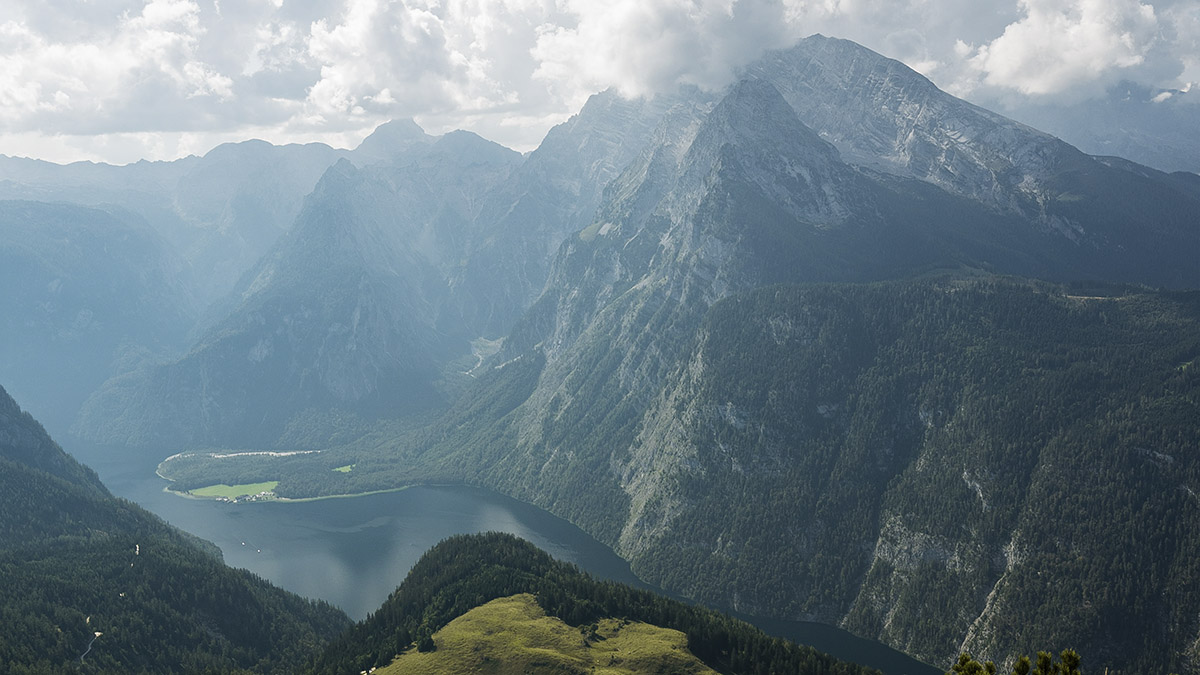
Photo: Unplash, Philip Jahn
Even before the party started, our Bavarian trek was proving worthwhile. Few mountain ascents feature hot sausages and cold beer in a comfortable cabin, but my brother and I ordered just that on one of Germany’s highest peaks.
Gray clouds, cold rain and even early autumn snow tested our resolve, though Dan and I hiked two hours to reach the beautiful and rustic Watzmannhaus at 6,330 feet anyway, hoping conditions the following morning would permit us to reach the 8,695-foot summit of Watzmann in Berchtesgaden National Park.
While I’ve visited Germany many times and climbed in America for decades, I had never fulfilled my dream to climb in the German Alps. As we settled in for the evening, we could see that others shared that same ambition. While darkness fell, the lodge filled with about 20 Germans. That’s when things got interesting. Into the dining hall marched three portly German musicians in Bavarian hats, plaid shirts, vests and lederhosen, playing a harpsichord, a trombone and a clarinet. Songs, games and laughter filled the next hours.
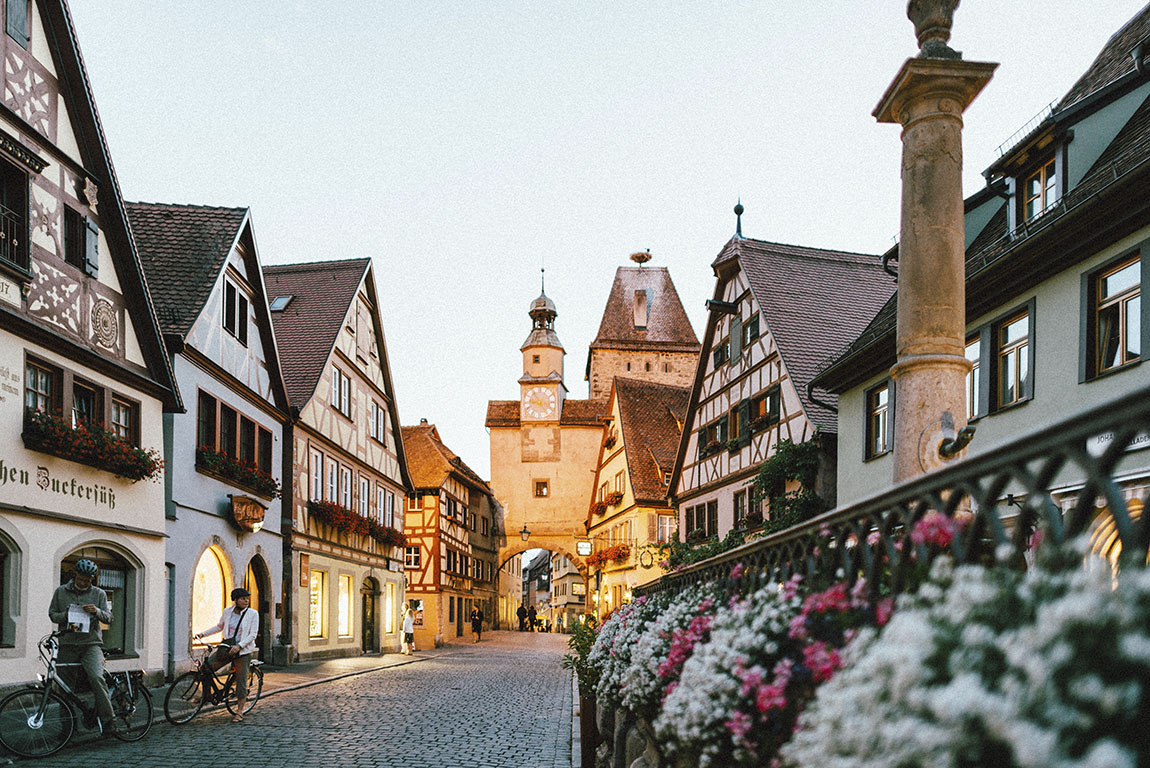
Photo: Unplash, Roman Kraft
“Although the hike was just a few miles, the weather was wet and cold. When it started to snow, we had to wonder if this was going to be worth it, but really all of that changed when we were in the hut,” Dan said. “We were rewarded with great food and beer, and the icing on the cake was experiencing a German birthday party complete with live music, good fun and singing.”
To get swept away in the revelry was tempting, but we knew better than to challenge Germans to their own drinking games. Besides, we had a mountain to climb, so we retired at a reasonable hour to our small room in anticipation of the summit push.
An interesting legend explains the creation of Watzmann and other Berchtesgaden peaks. An evil King Watzmann ruled the region once upon a time, according to the fable. He and his cruel wife and children tortured and killed both animals and people, but they went too far when they turned their vicious dogs on an innocent farmer’s family. A dying grandmother cursed them, turning Watzmann and his relatives into mountains. So today, locals encourage hikers to kick the wicked royalty with their shoes while walking on their bodies.
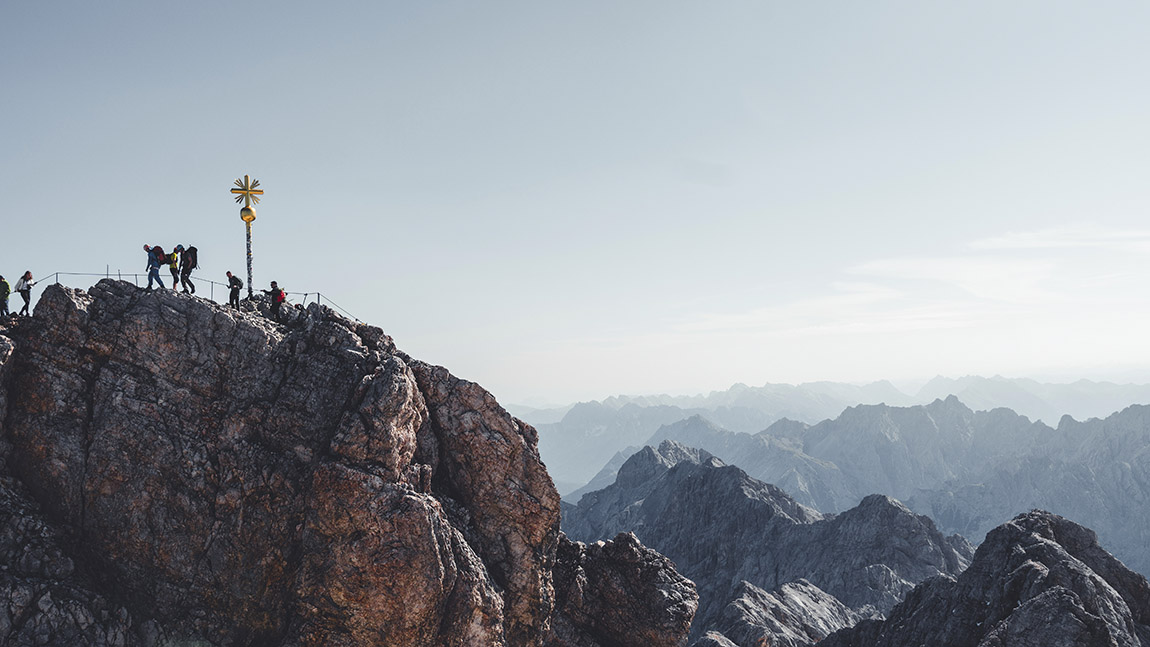
Photo: Unplash, Lennart Borstelmann
Not that Watzmann is the only attraction of Berchtesgaden. Hikers can trek to their heart’s content on thousands of miles of scenic trails, and the experience is quite different than backpacking in America. Camping is ‘verboten’, but 26 ‘Alpenhütte’ (mountain huts) offer food and shelter at reasonable prices. So overnighters not only carry less weight on their backs, they are also more likely to eat wiener schnitzel and potato salad than dehydrated fare.
Königsee is the park’s other can’t-miss attraction. This spectacular emerald lake, five miles long, resembles a fjord in the way it meanders through a mountain canyon. On a boat tour, visitors will see such sights as the St. Bartholomä palace and chapel, once the vacation home of Bavarian kings. Those who get off the boat and walk are rewarded with waterfalls, the Eiskapelle ice domes, and the chance to buy fresh milk from dairy farmers.
When we reached Watzmann’s summit, perfect visibility permitted us to see hundreds of snow-capped Alpen peaks. A dozen smiling climbers shared their chocolate, salami and brandy. “Vielen Dank!” I said, thanking them. While we enjoyed the moment, a horn echoing through the thin air amazed us. A trumpet-playing hutmeister from the Watzmannhaus was offering us a musical salute, a Bavarian tradition. What a combination of German mountaineering and culture.
Elsewhere in Bavaria, Zugspitze attracts not just climbers, but anyone who wants to reach the summit of Germany’s highest peak. Dan and I didn’t even break a sweat in the hour it took to gain an eagle-eye view of four countries. Our trick was using the Zugspitzbahn train which carried us from a green and wooded valley into a long tunnel through solid rock before we emerged on a high glacier. From there, only a short gondola ride separated us from the resort-like summit station.
After treading a short path to the 9,718-foot peak, we took in an awesome view of more than 400 snow-capped peaks extending farther than the eye could see into Germany, Austria, Switzerland and Italy. Then from the nearby viewing deck, we took in an awesome amount of sausage and beer.
“I’m not used to having the option of riding to the tops of mountains, perhaps because such things are unheard of in the Sierras,” said Dan. “But I have to say that in this instance, when time was too short to spend a full day of hiking, the train and tram looked rather appealing.”
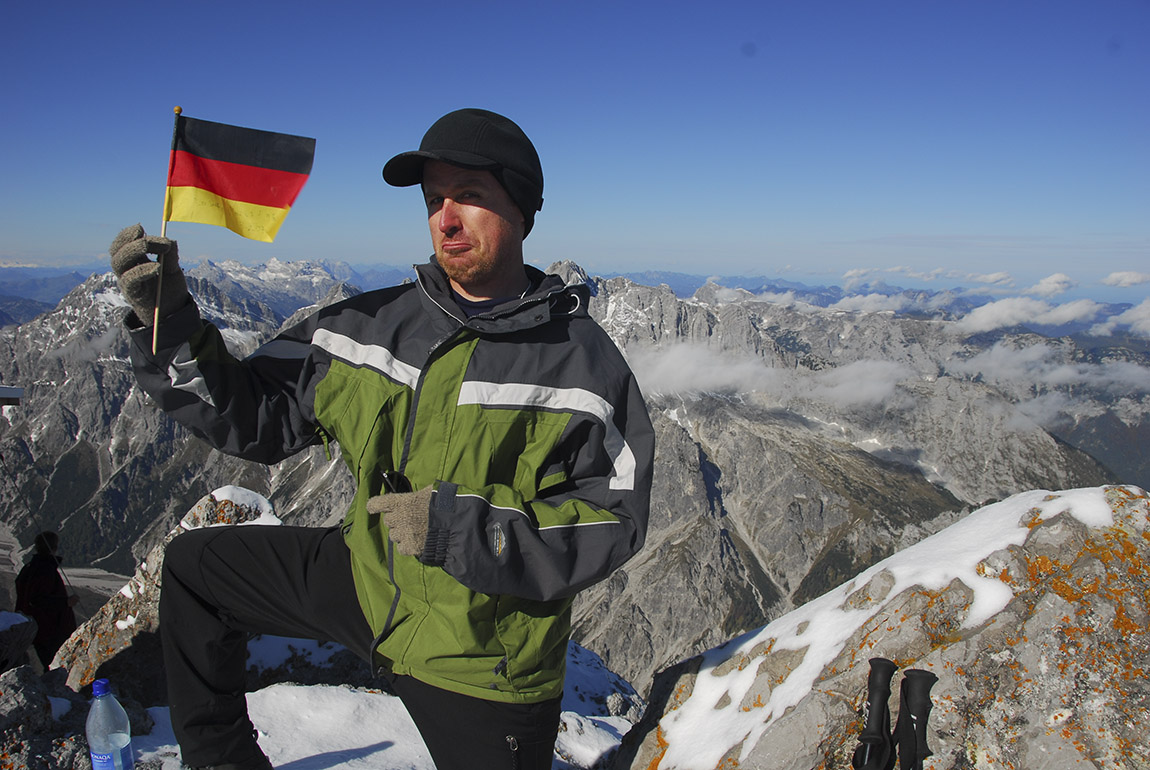
Photo: Matt Johanson
More challenging adventures also await hikers and climbers here. Trekkers push to the mountaintops from the nearby towns of Garmisch in Germany and Ehrwald in Austria. Some climb the mountain with crampons and ice axes, and several huts feed and shelter visitors on the way. Zugspitze in winter becomes a prime skiing destination for both downhill and cross country enthusiasts.
For another excellent experience near Garmisch, take a walk through the breathtaking Partnachklamm, a rock gorge half a mile long and hundreds of feet deep. Over thousands of years, the Partnach River carved the chasm through limestone. German loggers long used the waterway for easy transport of felled logs. Now an easy path leads visitors by its crashing waterfalls and deep bubbling pools. This is another attraction that shows a different face in winter, with spectacular snow and ice formations.
A final adventure awaited us on the Wetterstein Range, where we arranged to meet a pair of paragliders beneath the Osterfelderkopf mountain. Together, we rode another cable car to its upper station near the summit. There, the two master flyers laid out their gliders on a steep hillside while Dan and I put on harnesses. We divided into pairs and fastened ourselves securely together.
“Run, run, run, run, run,” instructed my guide. And so we did, tearing down the mountain a dozen steps until our feet treaded air. A half-hour of airborne ecstasy followed. For those who enjoy the mountains, flying gently over them is a rare privilege.
“That was the highlight by far,” Dan said. “What was unique about the paragliding was the sensation of flying leisurely in the majestic Alps. On a whim, we turned to the left and the right depending on which valley we wanted to go down. It was such a welcome change from the knee-pounding descents we usually do.”
Between the Berchtesgaden and Zugspitze areas, Bavaria offers something for anyone with the slightest taste for outdoor adventure.
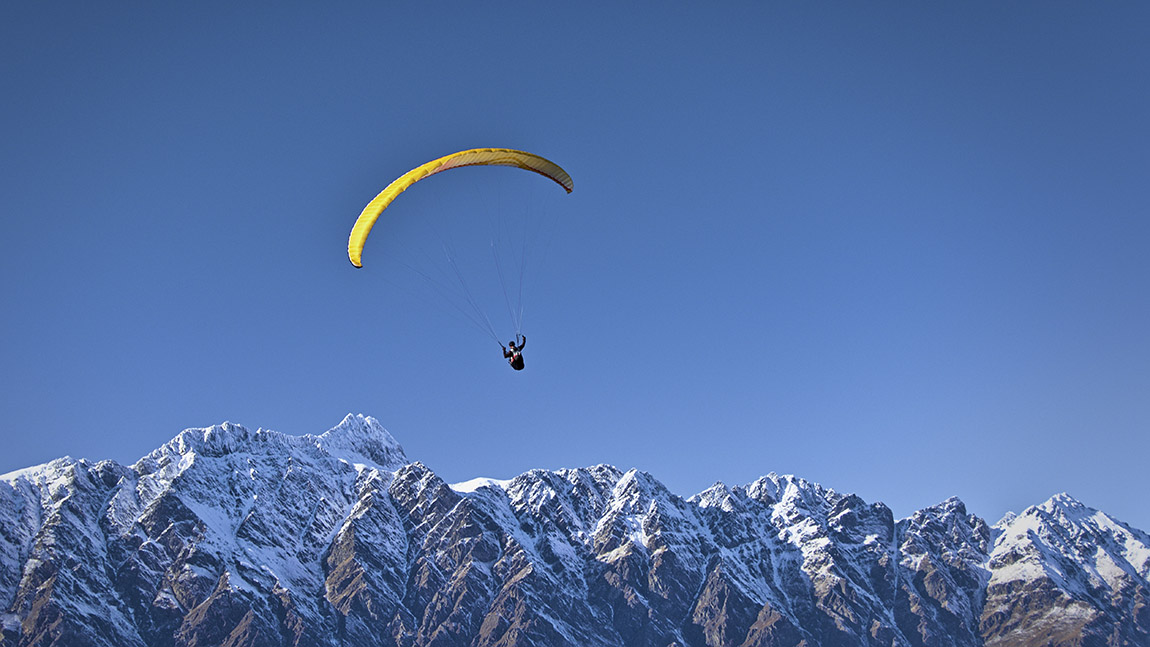
IF YOU GO
Getting there:
Berchtesgaden is about three hours away from Munich by train. Passengers must transfer at the Freilassing station. Garmisch is about 90 minutes from Munich by rail; trains leave hourly.
Climbing Watzmann:
There are several ways to approach the park’s highest mountain. The simplest and fastest starts by taking a bus to the Wimbackbrücke stop in the village of Ramsau. The trek to the summit of Watzmann and back is about eight miles from here, but most hikers will take two days to complete it. From the bus station, follow the signs to a dirt road that leads to the Watzmannhaus. Many hikers take three hours to reach the lodge; when you reach the cow pasture, you’re halfway there. Read more about the Watzmannhaus at www.watzmannhaus.de
Visiting Zugspitze: For more information about Zugspitze, its train and gondola, visit www.zugspitze.de/en
Matt Johanson has authored six books and writes about travel and outdoor adventure for various newspapers and magazines. You can find more of his work at www.mattjohanson.com
Subscribe to Our Newsletter
Receive our monthly newsletter by email
